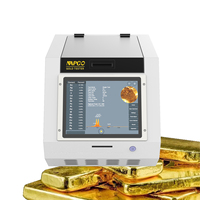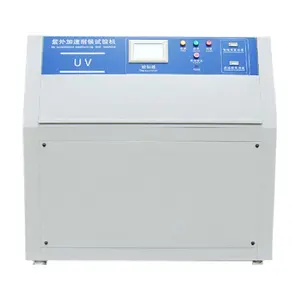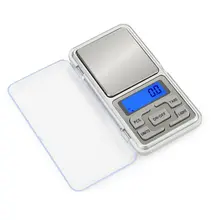
Our platform showcases a diverse array of XRF gold testing machines catering to various testing requirements. The selection includes portable high-frequency X-ray machines, which are versatile for on-the-go analysis, and specialized machines for different fields. Spectrometer machines, both handheld and desktop models, offer precision in metal analysis, suitable for laboratory and fieldwork.
For semiconductor testing, specialized kits are available, indicating the platform's commitment to niche markets. High-frequency radiography equipment and digital imaging machines demonstrate the use of XRF technology in the medical industry, ensuring high-resolution imaging for accurate diagnostics.
The catalog also includes melt flow rate index meter testers for the plastic industry, emphasizing the versatility of testing equipment offered. Precious metal analyzers and gold purity testing machines provide detailed composition analysis for quality assurance.
Additional offerings comprise a range of analyzers and testers for compliance testing, 3D scanning, and various spectrometer analyzers for metal alloy testing. These instruments are crucial for businesses requiring precise metal composition and purity verification, from jewelry to electronic and industrial applications.



































 浙公网安备 33010002000092号
浙公网安备 33010002000092号 浙B2-20120091-4
浙B2-20120091-4